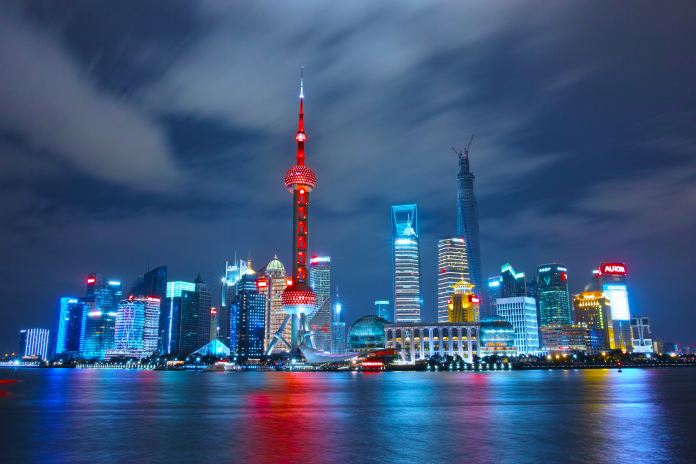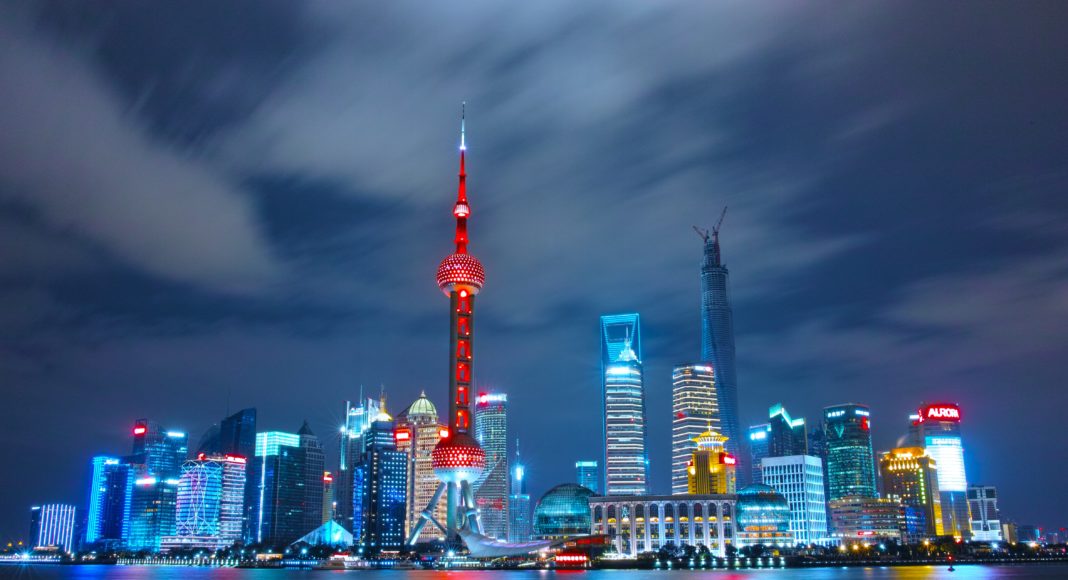
Two economic reports released this morning underscore the extent to which President Donald Trump’s trade conflict with China is weakening the once-hot United States economy.
The ISM Purchasing Managers Index, a key measure of the health of the manufacturing sector, fell to 47.8 points in September, down from 49.1 points in August and the lowest level since June 2009. Any number below 50 points to a contraction in the manufacturing sector. Trump has argued that while China would suffer from his trade war with China, the U.S. would suffer far less.

Also this morning, the World Trade Organization cut its growth forecast for global merchandise trade in 2019 to 1.2 percent from its previous forecast of 2.6 percent.
The WTO also said its forecast for 2020 growth was now 2.7 percent, down from 3 percent.
Slower international growth has a particularly pernicious impact on Washington State which depends heavily on trade with China and other global partners. Washington state exports of manufacturing and agriculture products exports play a key role in its economy with a particularly heavy dependence on exports to China.
Trump justified his 2017 tax cut, which sharply cut tax rates on businesses and the wealthy, by arguing that the reduced rates would make the U.S. a more competitive place to do business, persuade U.S. companies to move factories back to the United States and strengthen the country’s manufacturing sector.
But while the tax cut has triggered a boom in consumer spending, it has only led a handful of companies to move factories to the U.S. And while the lower tax rate did lead manufacturers to repatriate some of the billions of dollars they have held overseas to avoid U.S. taxes, most of the money they brought home was used to buy back shares rather than to invest in their businesses.
U.S. companies have responded to Trump’s tariffs on Chinese products by launching efforts to reduce dependence on factories in China. But those that are moving production are in large part building factories in other low-wage Asian countries such as Vietnam rather than bringing production back to the U.S.
Perhaps more harmful than Trump’s tariffs, which have led to retaliation from China, reducing Chinese demand for U.S. agricultural and manufactured products, has been the erratic on-again, off-gain trade talks that have created uncertainty and made business leaders reluctant to invest in the future.
Discover more from Post Alley
Subscribe to get the latest posts sent to your email.
